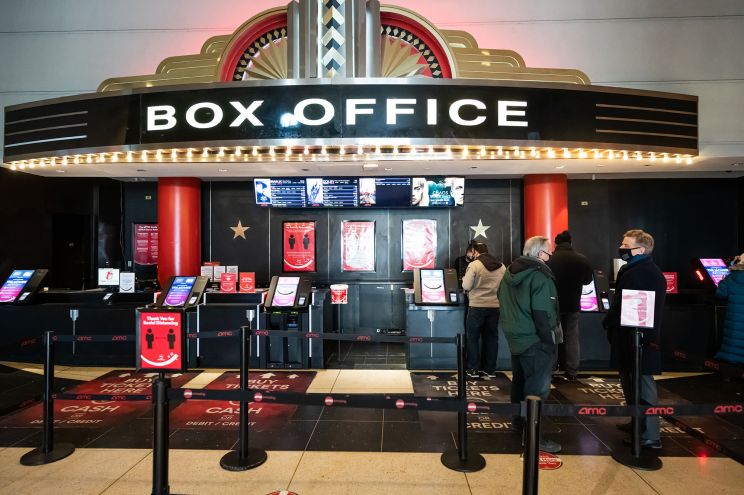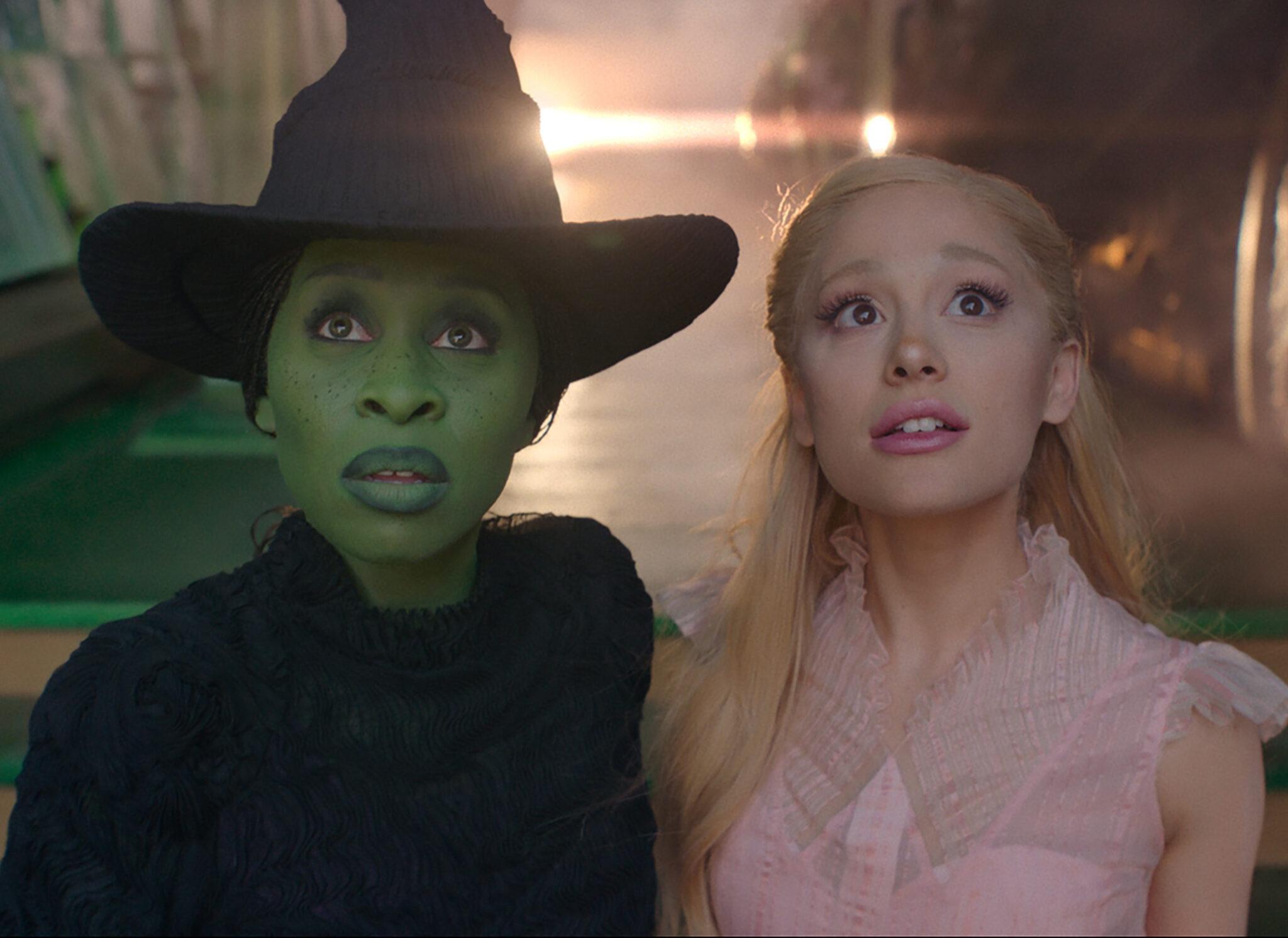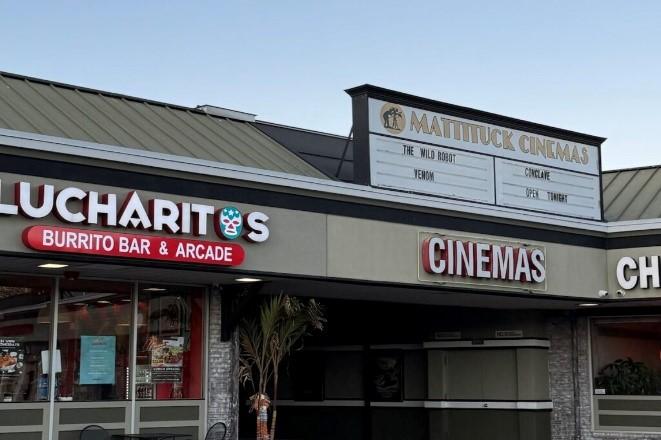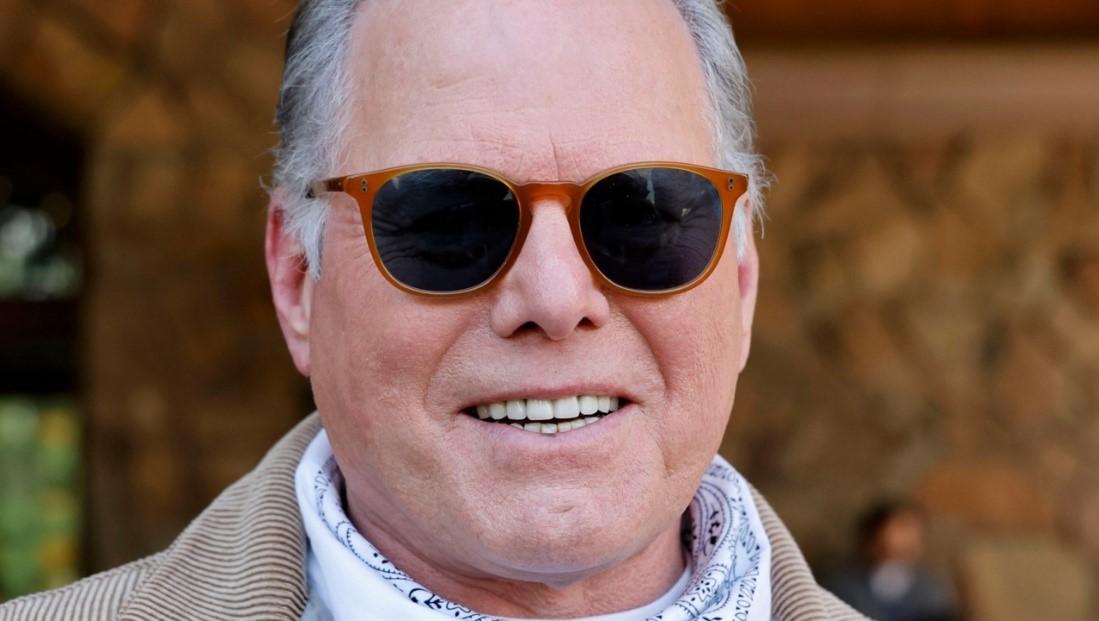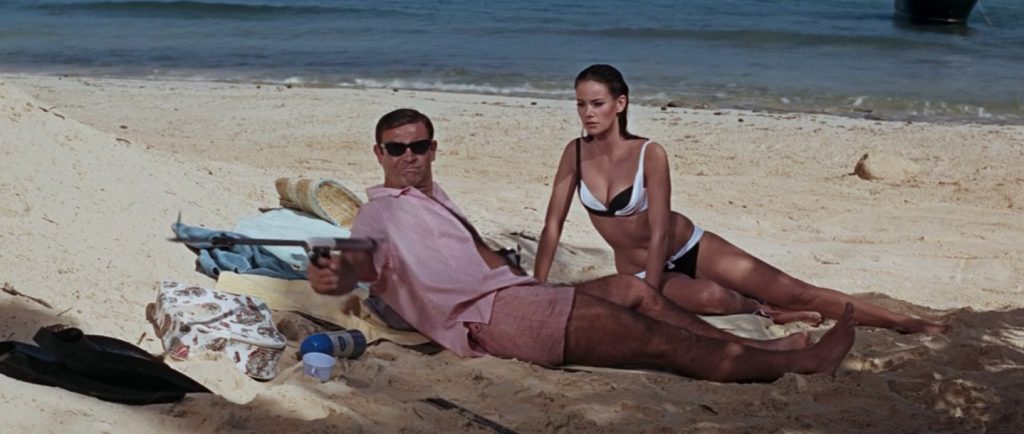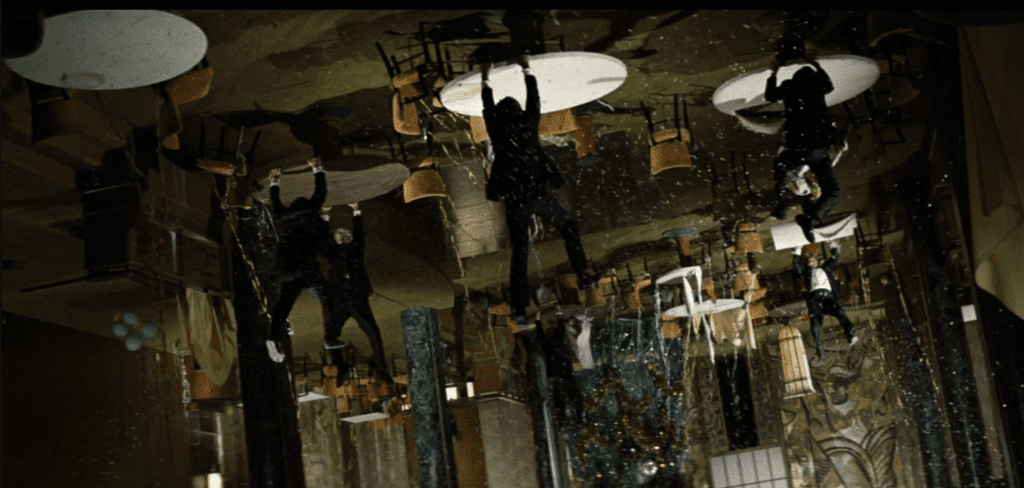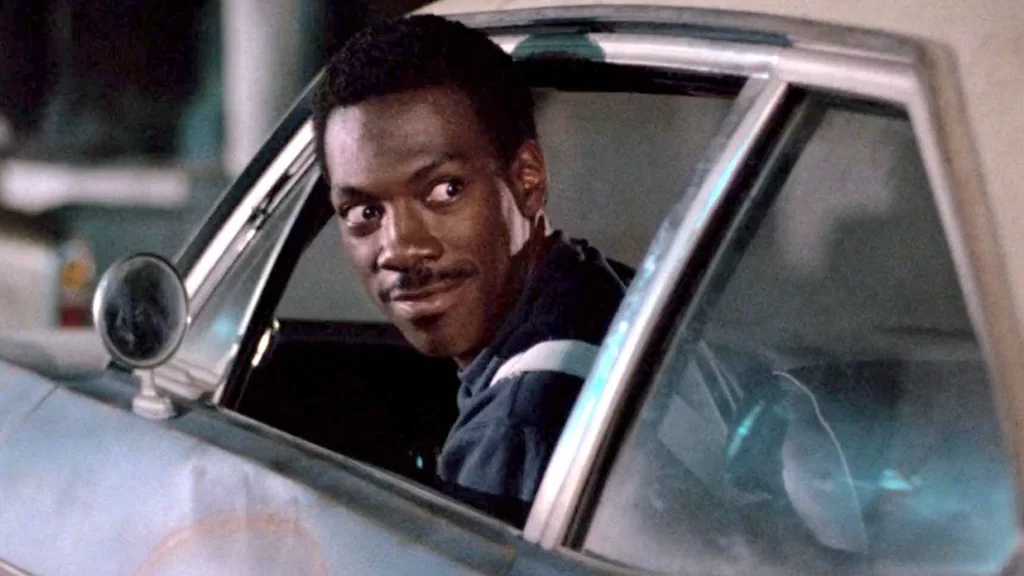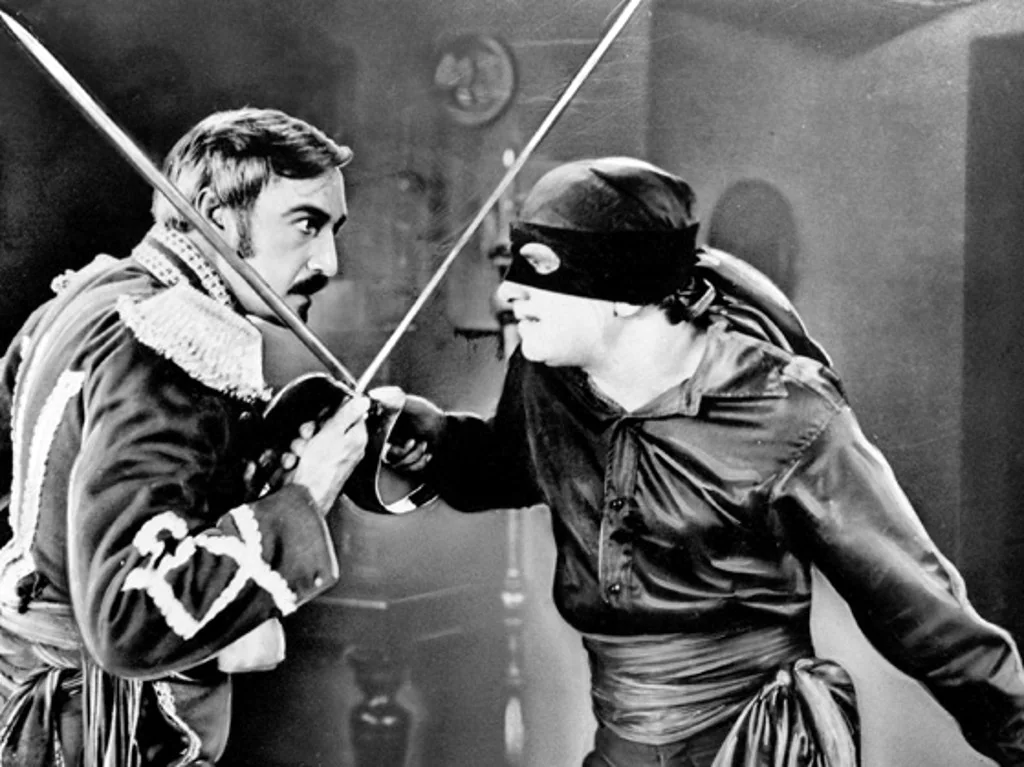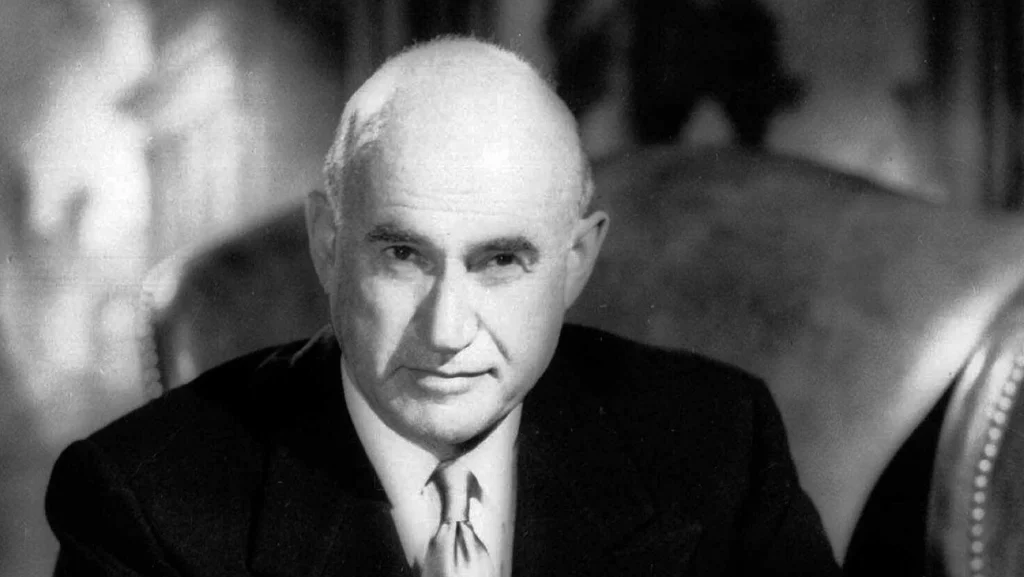NO may have been the first Bond film, but it was FROM RUSSIA WITH LOVE that launched the franchise when it world premiered in London on Oct. 10, 1963.
Now, 58 years later, Bond episode #25, NO TIME TO DIE from MGM, Universal & Eon Productions, is opening domestically after a powerhouse international launch last week. But none of this would ever have happened had things gone differently with RUSSIA. United Artists had surprise success opening DR. NO in U.S. theatres in May 1963. Made for about $1 million, it had domestic film rentals of $2 million, leading quickly to a $2 million sequel, RUSSIA, which wound up doing $25 million domestically.
Producers Albert R. Broccoli & Harry Saltzman chose as their second Bond movie Ian Fleming’s fifth novel, FROM RUSSIA, WITH LOVE — Fleming used a comma after Russia in the book’s title, but the filmmakers did not — because then-president John F. Kennedy had told LIFE Magazine it was one of his 10 favorite books. Terence Young, who directed DR. NO, came back, as did Sean Connery to play 007. Also returning was Bernard Lee as intelligence chief “M” and Lois Maxwell as the indispensable Miss Moneypenny. Desmond Llewelyn came on board as the Equipment Officer from Q Branch and would later become famously known as “Q.”
One of the key differences between Fleming’s 1957 Cold War set thriller and the 1963 film was that in the novel Bond’s up against the Russian counterintelligence agency SMERSH, while on-screen he’s battling the evil international criminal group SPECTRE. Fleming created SPECTRE in 1959 as Bond’s new nemesis because he thought the Cold War was ending and he wanted his spy stories to stay relevant to their times. SPECTRE’s headquarters in the film is actually Pinewood Studios’ administration building.
Another difference with the book that would have rewritten Bond history came in April 1956 when Fleming changed the ending of RUSSIA so that Bond died at the hands of SMERSH agent Rosa Klebb — Lottie Lenya in the movie — who kicks Bond with a poisoned knife concealed in her shoe. Fleming, who’d become disenchanted with his spy stories, wrote: “Bond felt his knees begin to buckle…(he) pivoted slowly on his heel and crashed head-long to the wine-red floor.” Fortunately for Bond fans, Fleming changed his mind about killing 007. In January 1957 he began writing his eighth Bond novel — DR. NO, in which Bond recovers from being poisoned and is sent to Jamaica, where we now know Ursula Andress awaits.

Another difference with the book that would have rewritten Bond history came in April 1956 when Fleming changed the ending of RUSSIA so that Bond died at the hands of SMERSH agent Rosa Klebb — Lottie Lenya in the movie — who kicks Bond with a poisoned knife concealed in her shoe. Fleming, who’d become disenchanted with his spy stories, wrote: “Bond felt his knees begin to buckle…(he) pivoted slowly on his heel and crashed head-long to the wine-red floor.” Fortunately for Bond fans, Fleming changed his mind about killing 007. In January 1957 he began writing his eighth Bond novel — DR. NO, in which Bond recovers from being poisoned and is sent to Jamaica, where we now know Ursula Andress awaits.
From the CBC’s 1964 Interview with Ian Fleming – Click to Play
Interviewer: “Is it possible that one of these days we’ll read a James Bond novel in which the hero is killed in the end?”
Ian Fleming: “I couldn’t possibly afford it!”


